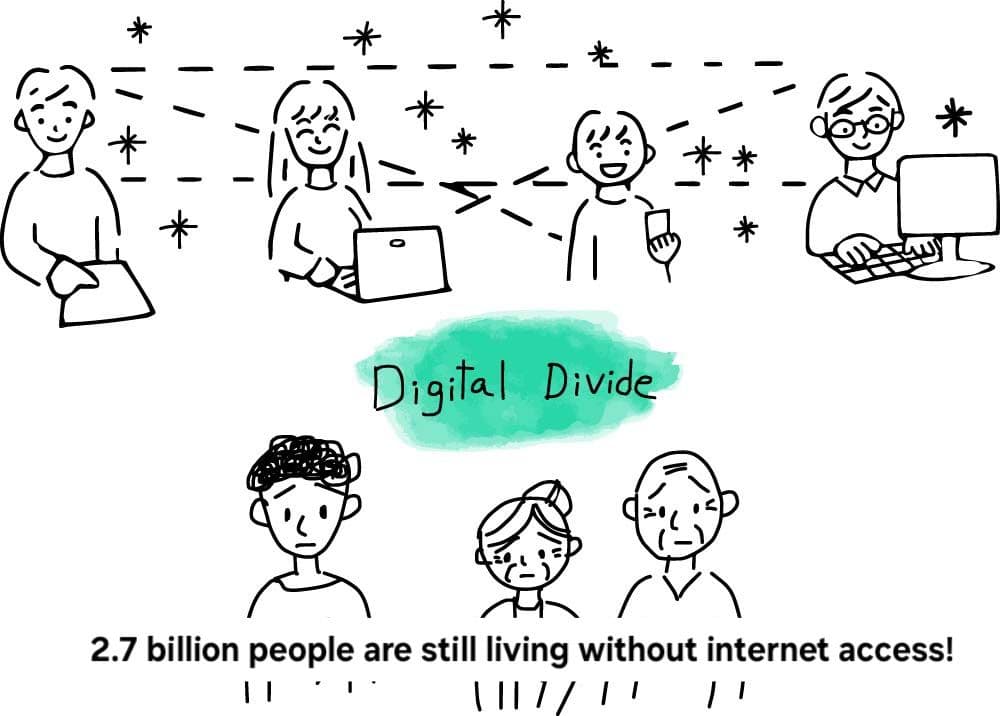
If you’ve ever walked through the corridors of a hospital, you’ve probably noticed something surprising: the one place designed for healing is often the noisiest. Monitors beep, announcements echo, staff call out instructions, and patients’ families anxiously pass through the hospital. Step into a patient’s room, and you might expect calm, but instead, it often feels like standing in the middle of a busy marketplace.
This chaos isn’t just inconvenient. In healthcare, communication gaps or miscommunication can directly impact patient care, delay treatment, or even risk lives. The solution, however, may lie in an unlikely place: the habits of Generation Z.
Why Gen Z Holds the Answer
Gen Z has grown up in a world where texting is second nature. They rarely use phone calls; instead, they prefer communicating through text. They quickly share information, determine references with some words or emojis, and hold many conversations systematically. For them, text-based communication is sharp, efficient and most importantly, low noise.
Now, imagine applying that same culture of structured texting to hospitals. Instead of shouting across hallways or juggling endless phone calls, staff could send quick, clear, and contextual messages. This isn’t about making hospitals efficient; it’s about adopting a communication habit that can save time, reduce stress, and ultimately, save lives.
The Problem with Current Hospital Communication
In many hospitals, communication is still highly fragmented. Staff shout instructions from one end of a corridor to another. Doctors rely on hurried phone calls. Nurses juggle multiple WhatsApp groups, hoping not to miss a critical update. While WhatsApp and other messaging apps have helped in some ways, they aren’t designed for clinical communication.
Think about it: How many groups can you really track before slipping through the crack? Add urgency to the health care system, where all other cases, and the risk of standard or delayed communication becomes dangerously high.
This isn’t a people problem, it’s a system problem. And like most system problems, it requires a system-level solution.
The Importance of Text-Based Alerts in Healthcare
Imagine this scenario: instead of shouting or making frantic calls, a nurse sends a quick, structured alert through a hospital’s communication platform.
- The alert specifies who is needed.
- It provides the context, whether it’s a routine check-up or an urgent situation.
- The receiver has control over how they prioritise the request.
This simple shift transforms the entire communication chain. Suddenly, the hospital isn’t a marketplace of noise but a network of clear, organised signals. Staff can focus better, patients feel calmer, and time-sensitive tasks aren’t lost in the noise.
It’s exactly the principle Gen Z applies every day in their texting habits: clear, contextual, and low-noise communication.
How Banyan Helps Reimagine Communication
This is a very challenge that we decide to solve when our cloud -based hospital communication system builds Banyan. Banyan is designed with a goal: to significantly reduce the time in communication loops to ensure that no important message is lost.
By adopting a structured, text-first communication flow, Banyan:
- Reduces noise: No more shouting across wards or juggling through multiple WhatsApp groups.
- Saves time: Staff receive alerts in real time, with context attached.
- Improves prioritisation: Instead of reacting blindly to every call, staff can assess urgency and respond accordingly.
- Creates accountability: Every message leaves a digital trail, ensuring clarity and reducing miscommunication.
This isn’t just about making things easier for staff, it’s about transforming the very foundation of patient care. Because in healthcare, time saved is often a life saved.
Rethinking the Foundations of Healthcare
For decades, hospitals worked on communication via intercoms, pagers, or loud calls across crowded hallways. These communication methods may once have been adequate, but today they simply do not suit the pace and complexity of medical care.
If we want to prevent miscalculated losses and improve patient outcomes, we need to rethink the very foundation. Depending on the route that communication takes, it will generate efficiency, safety, or distrust for healthcare through generations.
Drawing insights from the texting culture that Gen Z has introduced, the hospitals are moving toward a quieter, calmer, and smarter environment: one in which every alert is heard, and time is valued on top of everything, worthy of human attention for each patient.
Hospitals don’t have to be marketplaces of noise. With the right systems, they can become spaces of calm efficiency, where communication flows seamlessly and care is prioritised with precision.
The next generation has already shown us the way. Now it’s up to the healthcare tech leaders to adapt.
What are your thoughts? Could a texting-first communication culture change the future of patient care for good?

How To Combine Traditional Medications With CAM for Optimal Health?

Trapped in The Digital Divide: How Lack of Internet Imprisons 2.7 Billion People Globally

Why Don’t Resolutions Work? Here’s How to Tackle the Real Problem
